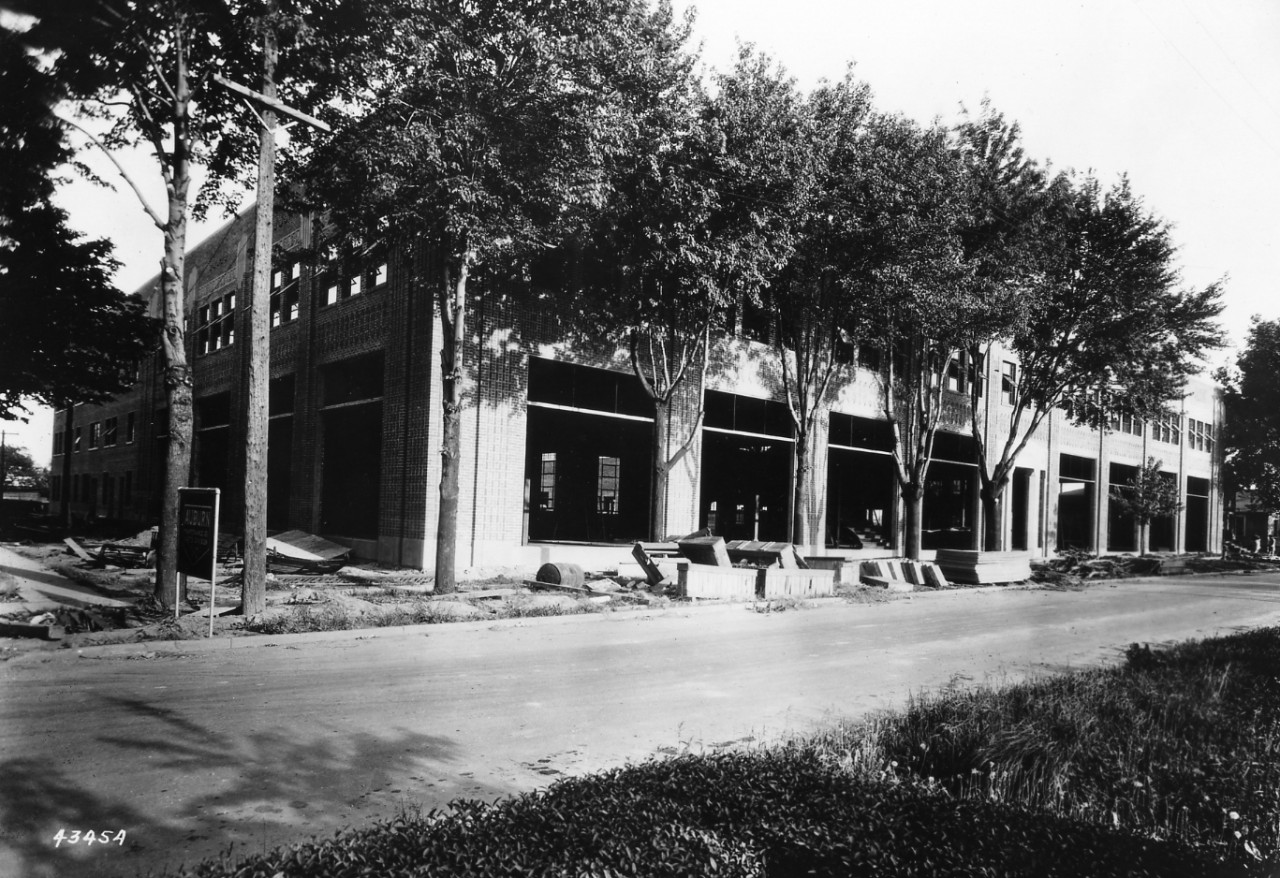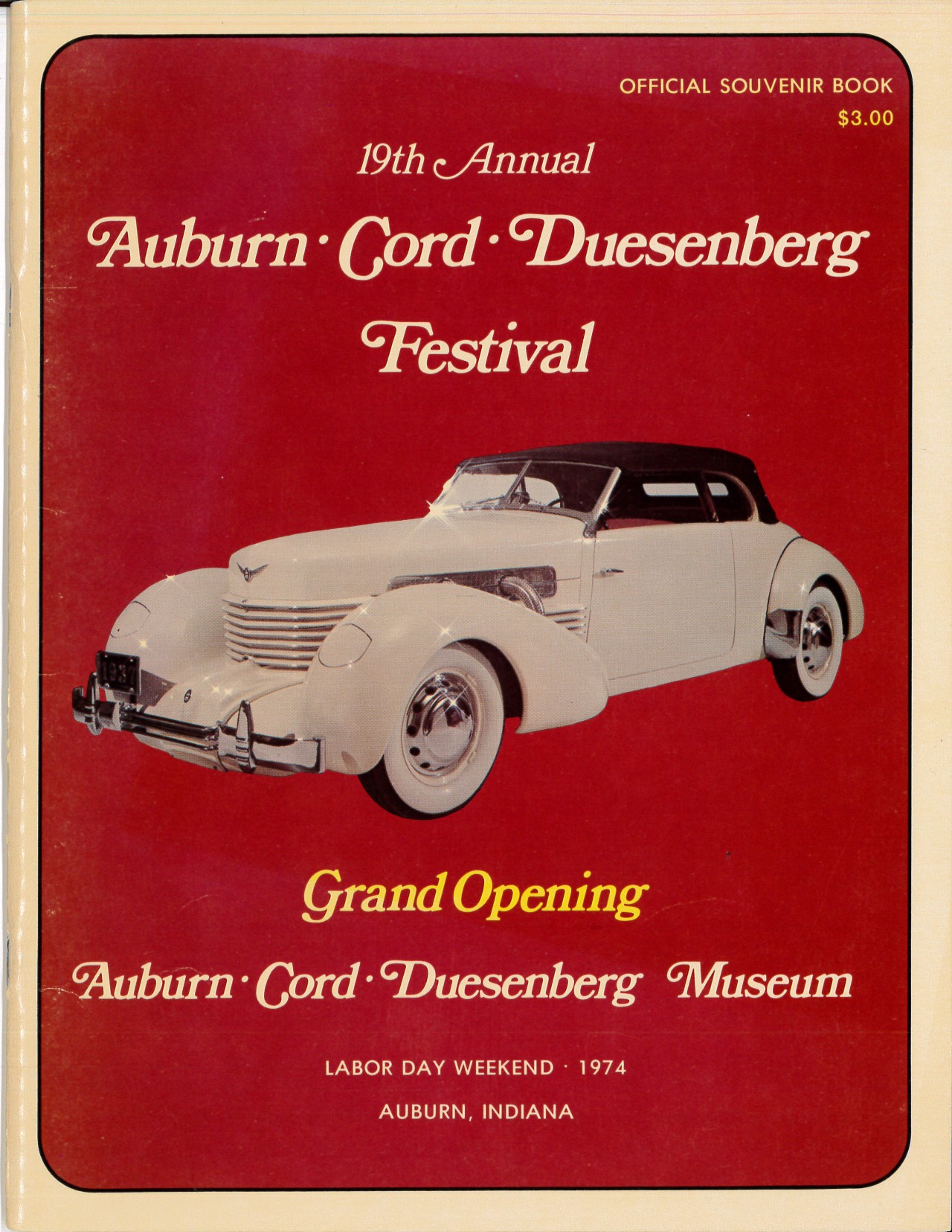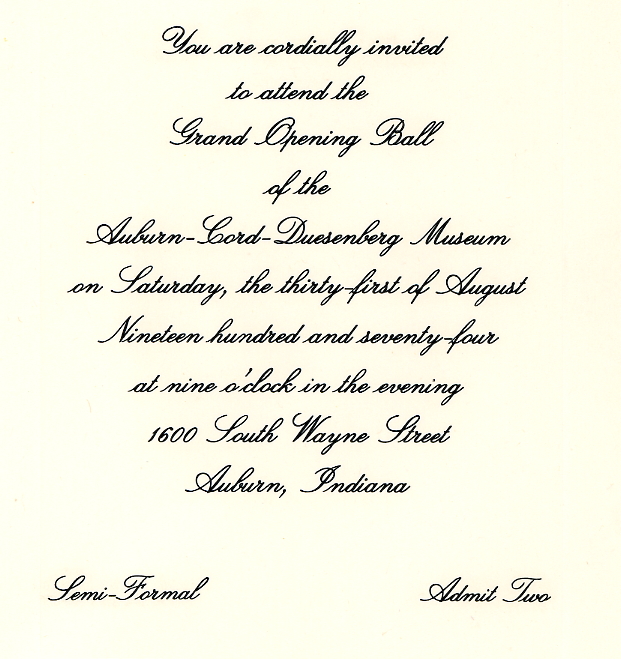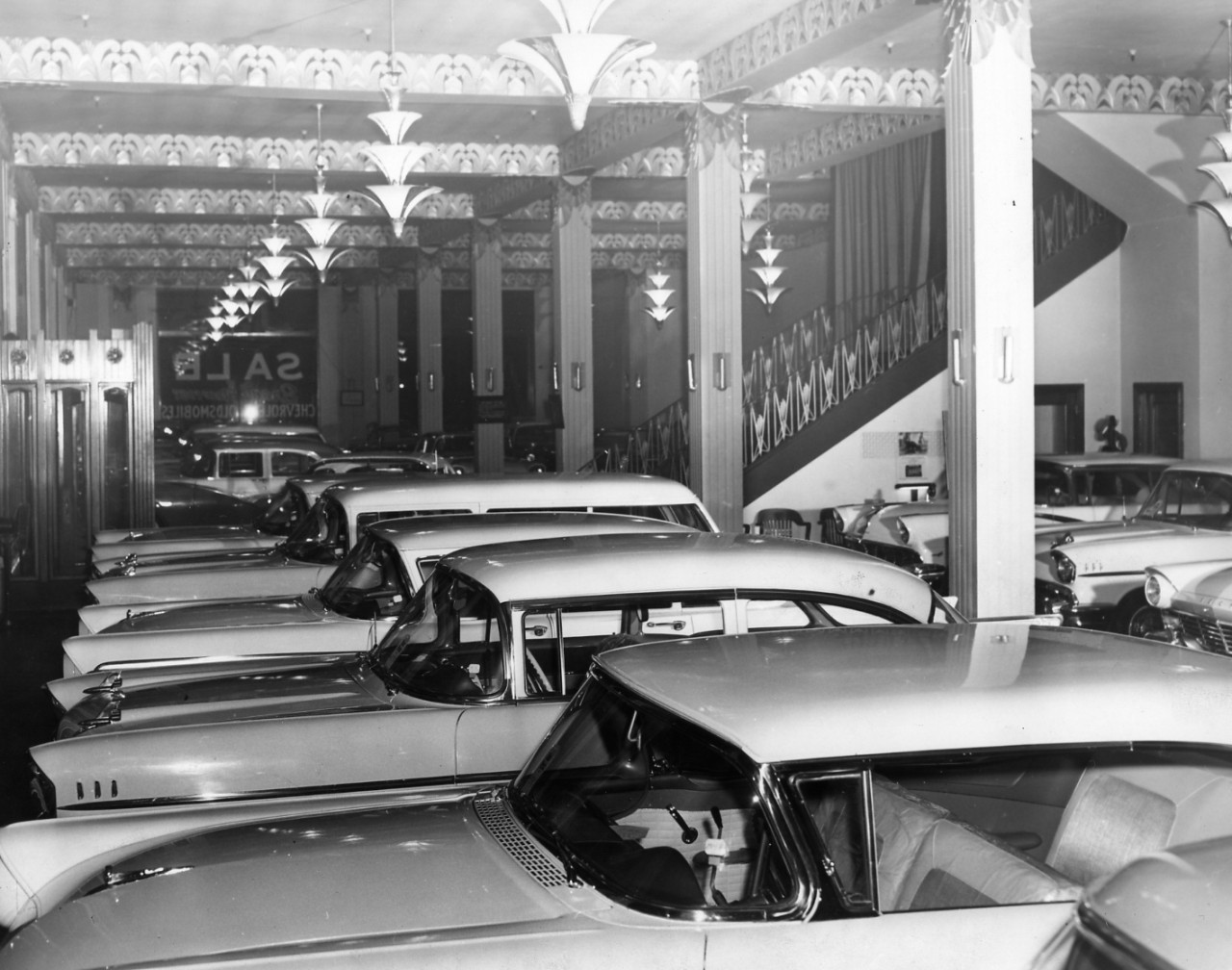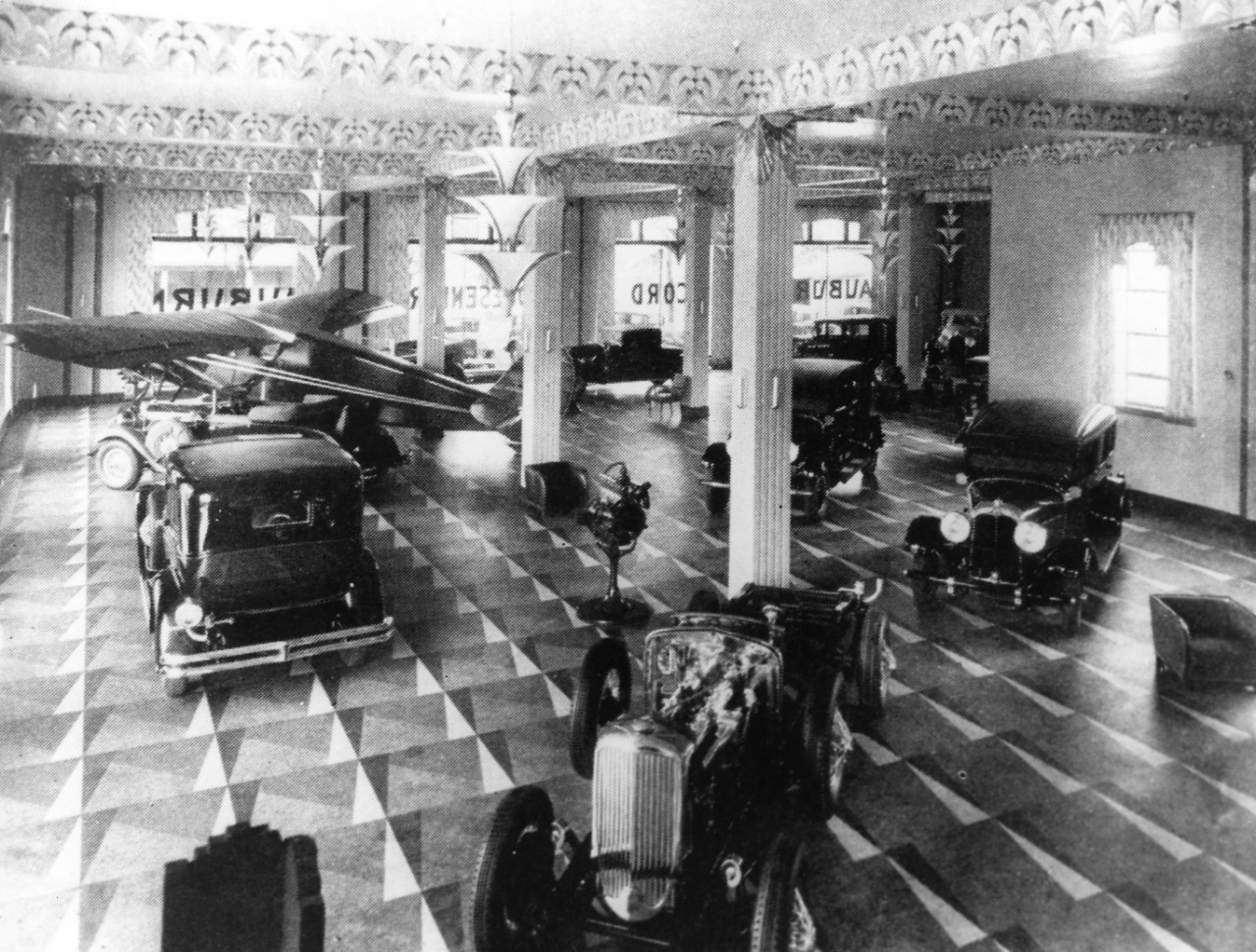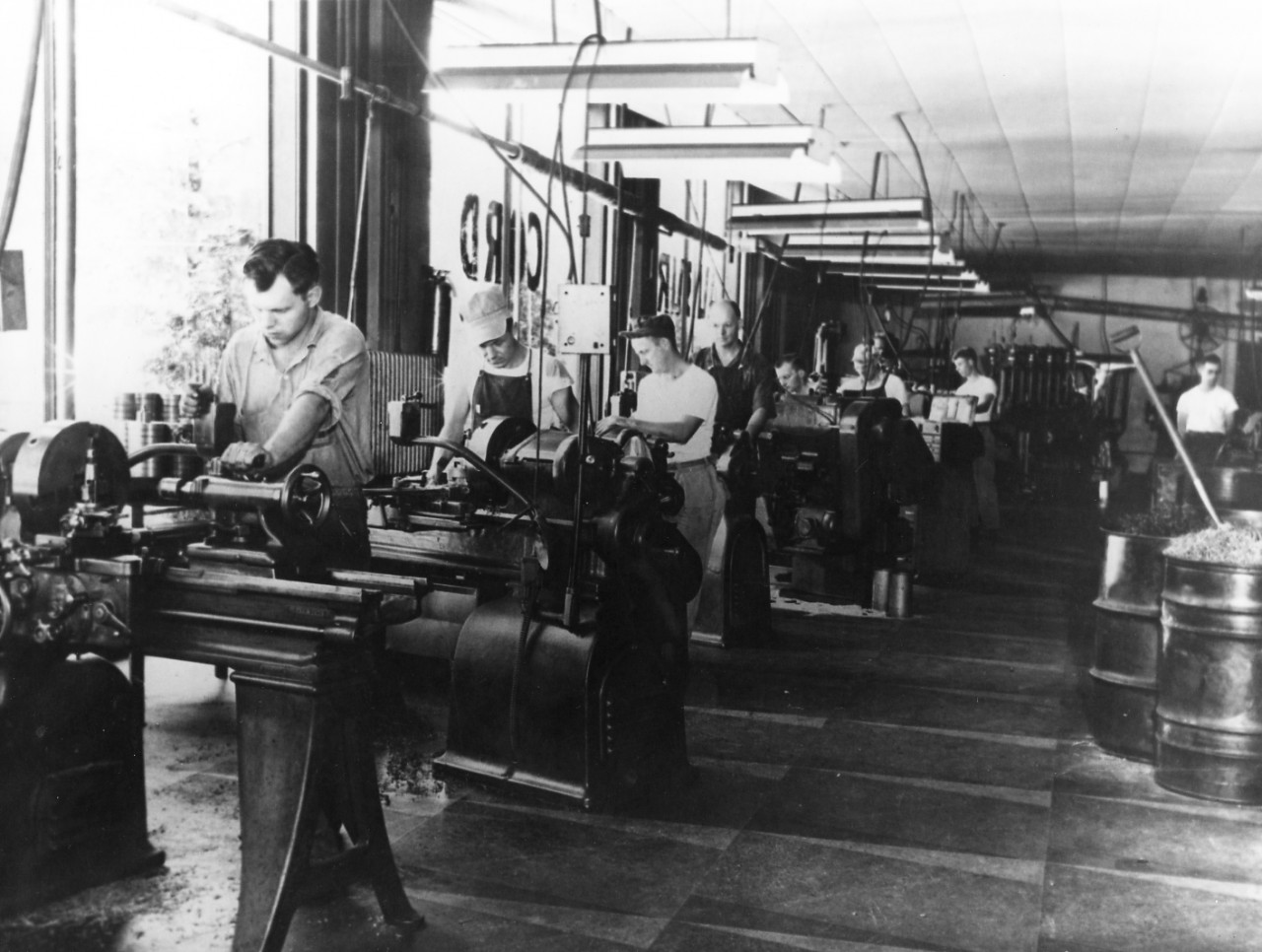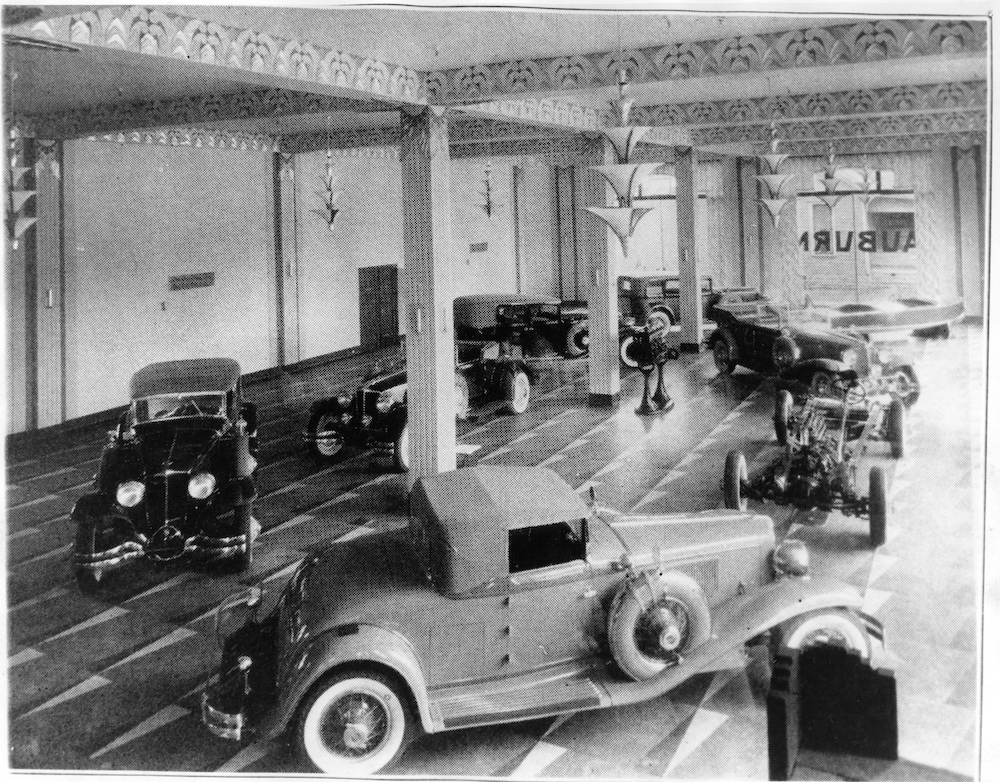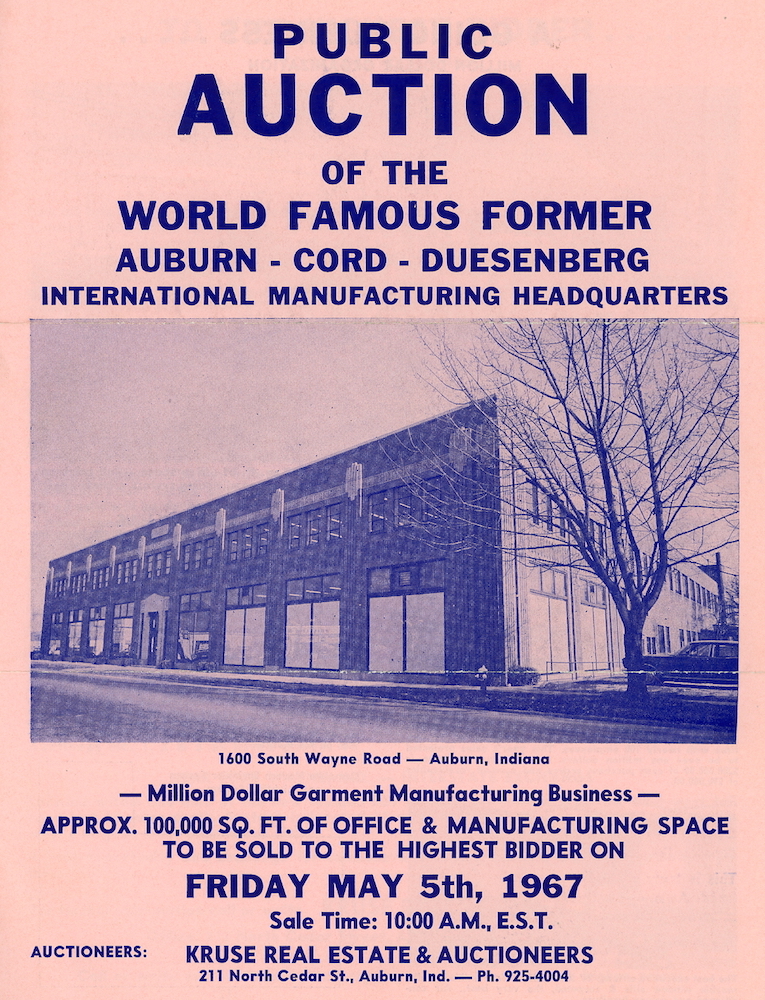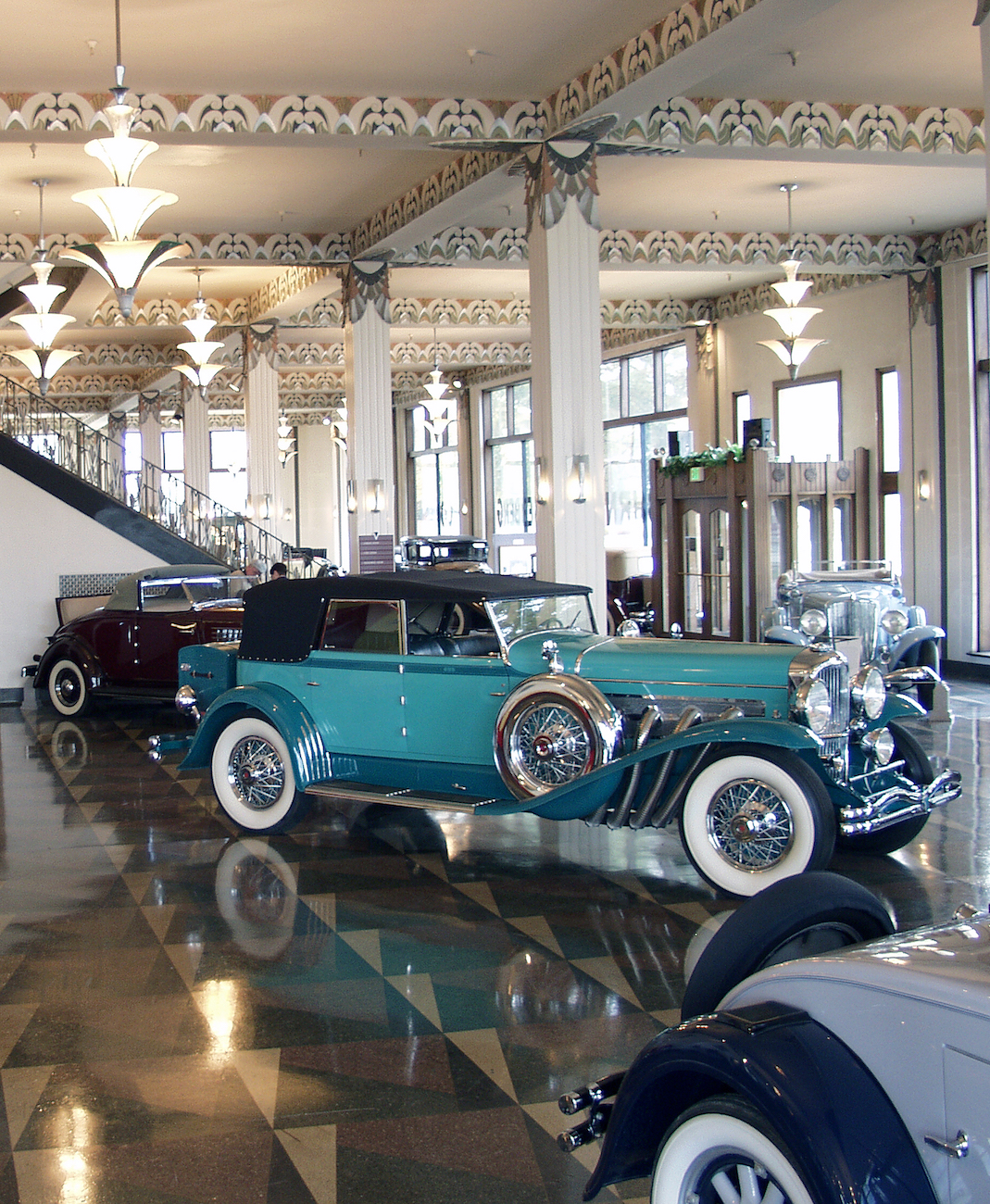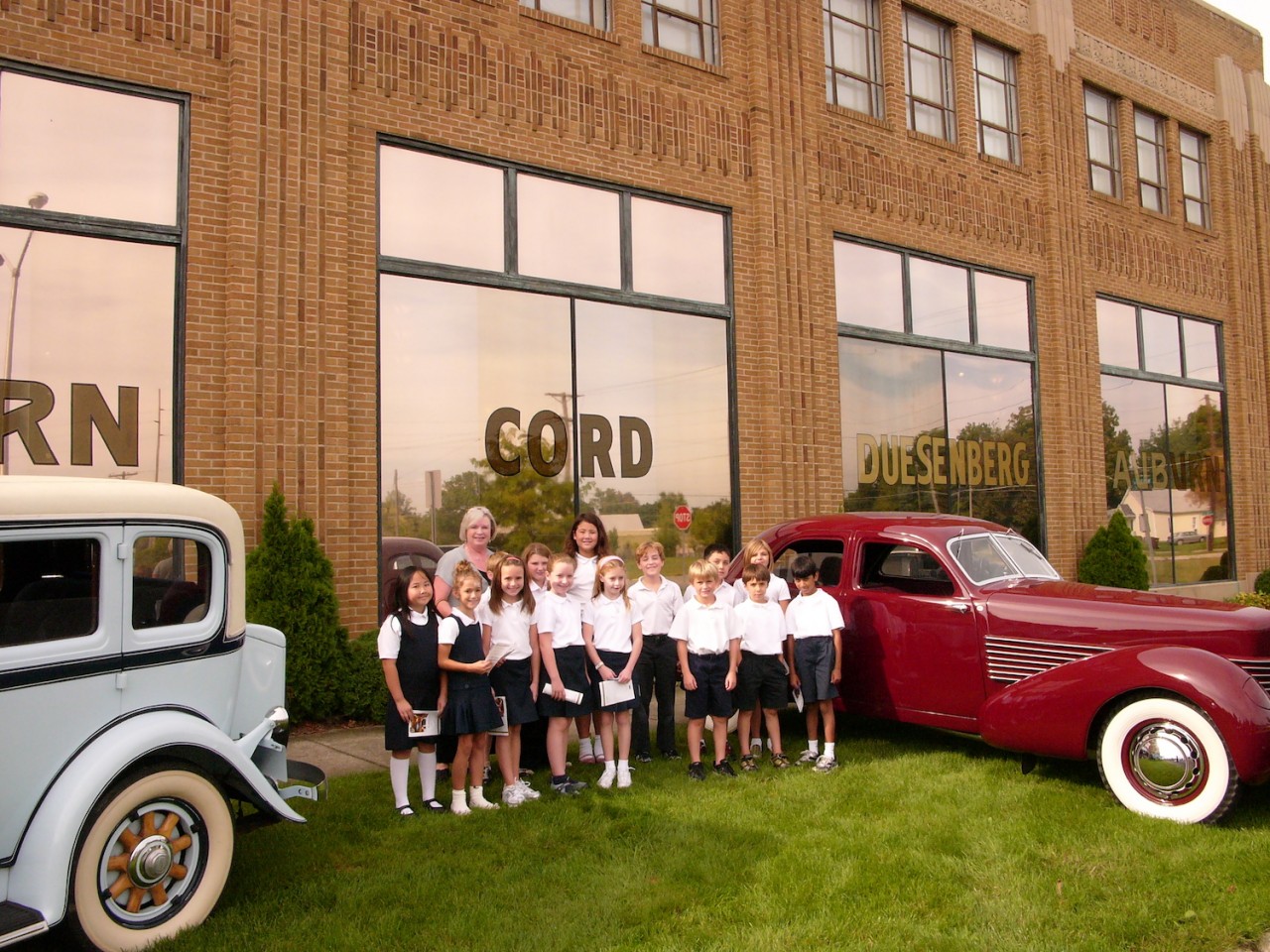Museum History
The Auburn Cord Duesenberg Automobile Museum
Home of the Classics Since 1974
When the Auburn Cord Duesenberg Museum first opened its doors to the public at 12 o’clock noon on July 6, 1974, an era of exciting automotive history came brilliantly to life. That summer Saturday was the culmination of dreams, held by many, that a permanent institution would be created as a lasting tribute to Auburn’s rich motorcar heritage. Never before had there been proposed an automobile museum inhabiting the auto builder’s original factory showroom building.
But such was the historical context conceived by a band of visionaries – local citizens believing passionately in the possibility of a museum – who would not give up their goal of rescuing the 1930 administration building of Auburn Automobile Company.
After the demise of the Auburn company in 1937, the factory showroom and headquarters served as a parts and restoration center for the obsolete Auburn, Cord, and Duesenberg cars. Surprisingly, this activity lasted through the 1940s and 1950s, under the name Auburn-Cord-Duesenberg Company, directed by entrepreneur Dallas Winslow. When Winslow sold the business in 1960, the building fell into misuse and ill repair. Machine shops, garment manufacturers, auto and motorcycle lots and industrial warehousing ravaged the historic structure. By the early 1970s, the handsome art deco edifice was grimy, weather-beaten and modified beyond recognition inside.
Concerned community leaders formed a not-for-profit corporation in 1973 called Auburn Automotive Heritage Inc., with the intention of preserving this emblem of Auburn’s distinguished past. E.E. Rogers, M.D., was the charter president. Led by historian John Martin Smith, a local attorney, the group organized an ambitious fund drive to purchase the building. The emergence of the Kruse car auction at the 1971 Auburn Cord Duesenberg Club Reunion had finally brought revenue to the Auburn Cord Duesenberg Festival. This, combined with generous gifts from industries, civic groups and inspired individuals, gave Auburn Automotive Heritage both the hope and the mission to forge ahead.
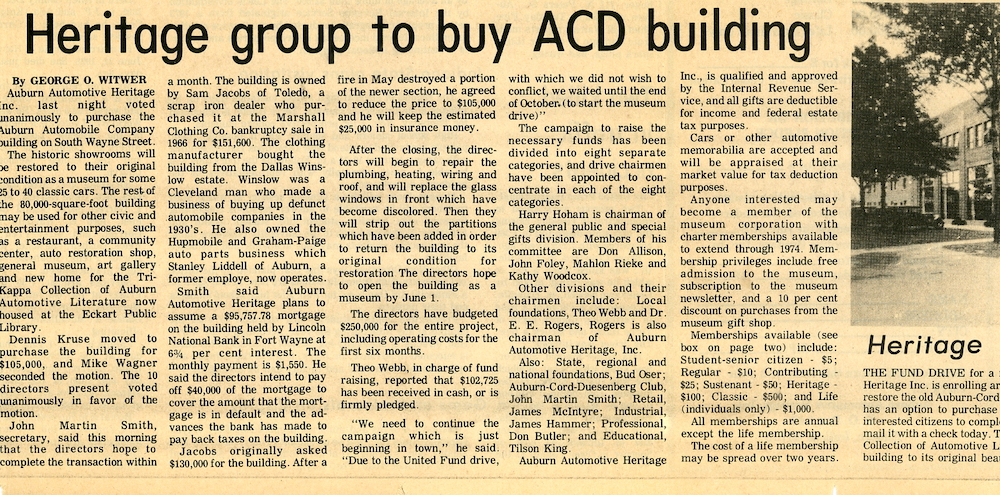
A sudden fire on May 24, 1973, which destroyed a wooden rear addition to the building and brought smoke damage, didn’t discourage the group. By January 1974, architectural historians were brought in to assess the administration building and attest to its significance as an outstanding example of art deco style.
That month, the building was purchased from Sam Jacobs of Ohio at a cost of $105,000. Following more fund-raising, the main showroom was restored at $108,000. By May, an open house gave curious Auburn residents a first opportunity to see the rapid progress being made in the showroom, which was filled with borrowed cars. Mike Wagner, who already was executive director of the festival, was appointed as director of the museum.
When the restoration was completed and 24 automobiles had been borrowed for exhibit, the museum opened to the general public on Independence Day weekend, 1974. For an admission price of $1.50, astonished visitors experienced the splendor of the 12,000-square-foot showroom in its original appearance. Accessible once again was a magnificent example of art deco architecture, glorifying America’s zenith of machine-age style.
Every remarkable characteristic of the main display room, designed by A.M. Strauss of Fort Wayne, had been revitalized: the elaborate, hand-painted ceiling friezes (breath-taking borders of ornamental plaster in colorful relief), ornate Italian three-tiered chandeliers, geometric terrazzo floor, 72 etched-glass side lights, gracefully curving central grand staircase, vertical wall panels, Philippine walnut woodwork, soaring plate glass windows carrying “Auburn,” “Cord” and “Duesenberg” in blazing gold letters. The entire environment enjoyed by visitors in the 1930s was recreated with successful authenticity.
In August, the museum received its first gift of an automobile, a rare 1908 Zimmerman Runabout, donated by A. Mearl Bisel of Auburn. The museum’s grand opening ceremonies were held Labor Day weekend, 1974, with Mayor John Foley cutting the ribbon. Festival-goers were able to see the Tri Kappa Collection of Automotive Literature, recently relocated from Eckhart Public Library to the museum. The historic 1927 silent film about Auburn Automobile Company, “Making Pleasure Makers,” which had been rediscovered and restored by Steve Andres, was viewed by new generations.
By October, the museum had received another vehicle, a 1909 McIntyre Autobuggy, from the James McIntyre family. Generous donations augmented the collections at a gratifying rate. John Martin Smith, by now president, volunteered countless hours in nurturing the fledgling museum. In 1976, Frank “Skip” Marketti of Nevada was recruited as executive director. Museum development was swift, as more and more of the two-story building’s 80,000 square feet were restored and adapted to museum exhibits. Autos were introduced to the second level, once occupied by Auburn’s engineering wing. Antique clothing, radios and phonographs, Lalique crystal, auto accessories, designs and art were added to support the 1930s’ atmosphere. Chicago World’s Fair memorabilia, restored offices and studios, archives and photographic displays, also became permanent components, enlivening the museum’s interpretation.
Interest by other organizations in using the showroom as a banquet hall inaugurated a special events department, with the museum as host to wedding receptions, dances, parties, concerts, reunions, trade shows, business conferences and photo sessions. An active volunteer association and a women’s committee were formed. Grants, foundation funds, and corporate contributions boosted the museum’s size and its services. Donated automobiles and artifacts enlarged the museum to tremendous proportions. By the 1980s, nearly all of the building was restored and made available to the public. Exhibits occupied all the wings that once housed the key departments of the auto company.
Attendance figures flourished as news of this historic site spread worldwide. The museum, now listed in the National Register of Historic Places, found its publicity widespread. People everywhere were fascinated by the fabulous classic cars built in the small Midwestern town.
Today the museum has grown to be the leading auto repository of its kind, with 140 vintage, antique, classic and special interest cars occupying the galleries once roamed by E.L. Cord, Roy Faulkner, Alan Leamy and Gordon Buehrig. Thousands of visitors come to Auburn each year to learn the museum’s story. By 1990, more than one million tourists had passed through.
Public thanks go to all who were instrumental in forming Auburn Automotive Heritage, preserving the building and the classic cars, and engendering growth in every aspect of the Auburn Cord Duesenberg Museum, as well as to the steadfast museum members, whose support is of necessary to the past, present, and future of Auburn’s showplace.
